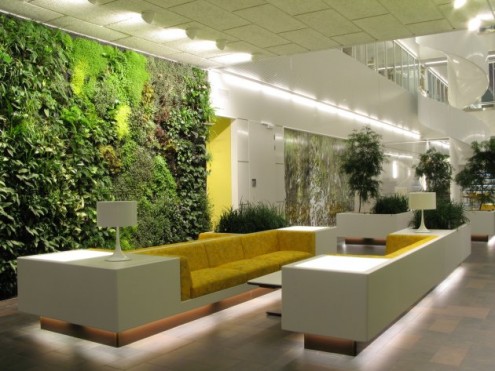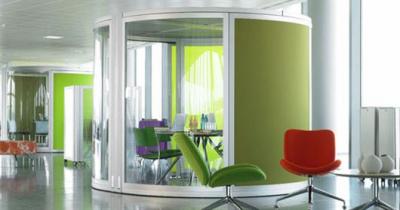Building an eco-friendly office will not only reduce the environmental impact associated with the construction of a building but will also improve your business by making it more energy-efficient. An eco-friendly design of a building is an environment-friendly combination of location, building features, equipment and usage. So, here are some steps that might give you a proper idea regarding the construction of an eco-friendly office space:
Step 1
The first step of designing an eco-friendly building is assessing the top for installing an environment-friendly green roof that also acts as a natural insulator. A layer of living plants, grass or some other vegetation, which helps in moderating excessive outdoor heat during the summer and in retaining heat during the winter, covers green roofs.
Step 2
Try implementing the smart climate control systems. Using programmable thermostats in every room will allow the employees of the office to control temperature settings as per their requirement. Also, try to install the climate control devices, which automatically turn down during the night and in an empty office and avoid installing such devices in unused spaces like the vacant offices or the empty conference rooms.
Step 3
Always use the energy-saving computers, which bear the label of Energy Star. Using the options of power-management, you can save a lot of energy by setting each computer monitor to turn off automatically after a definite period of inactivity or also by setting the desktop systems to go into ‘sleep’ mode during the end of the office hours or in the absence of any employees.
Step 4
Install efficient and eco-friendly windows and shades in the entire office. Modern eco-friendly windows can help a great deal in blocking outdoor heat in the summer and also can effectively retain the heat inside the building during winters. Also, use shades that can adjust the entry of natural light and heat into the office and can allow employees to work in natural light without burning in heat during the day.
Step 5
Always focus on installing smart lighting system. Automated lighting systems involves timers, photo sensors and motion detectors which can activate lighting during the workday as per requirement and can also turn itself off when lighting is not needed or when the room is empty. Also, design the placement of the doors and windows in such a way that the employees can take as much advantage of the natural daylight as possible and rely less on artificial lighting during the day.




